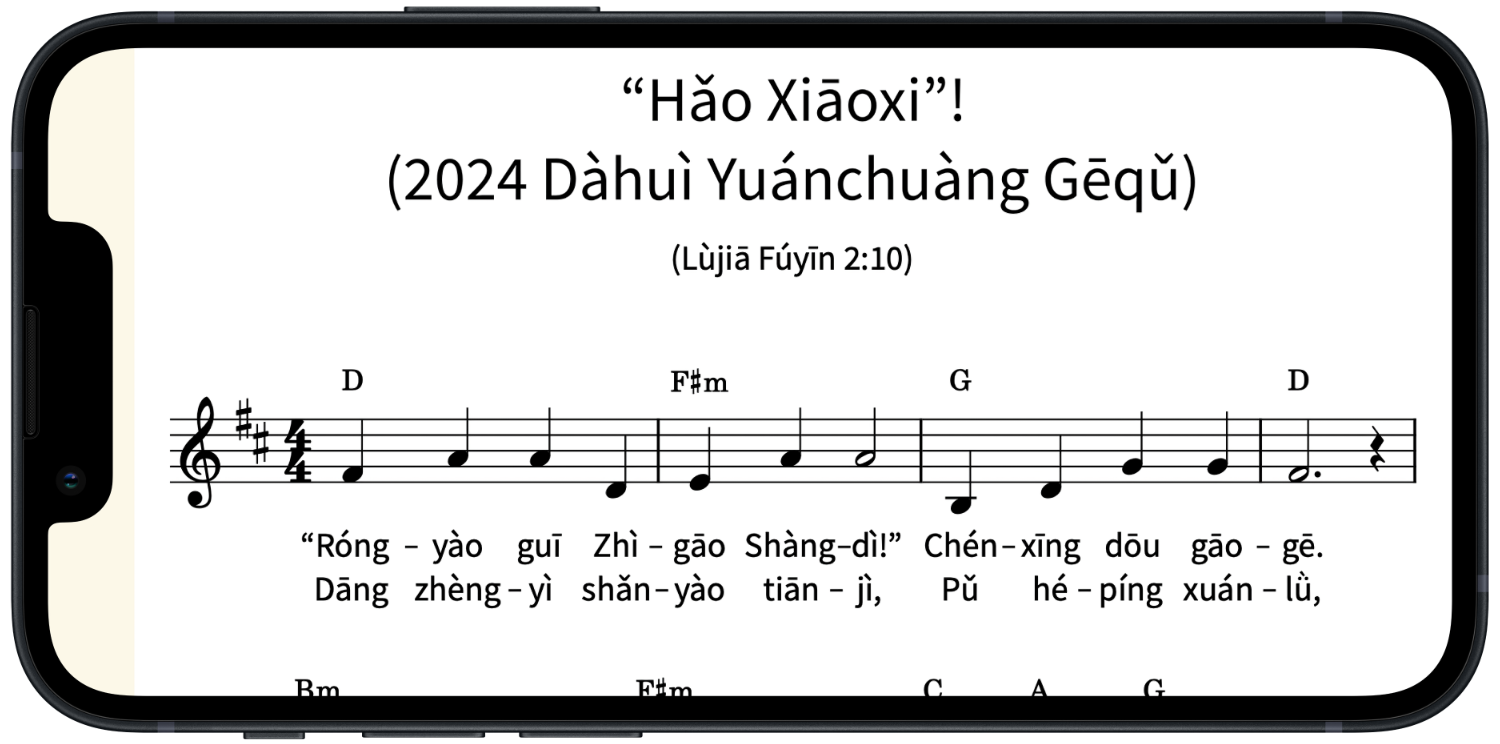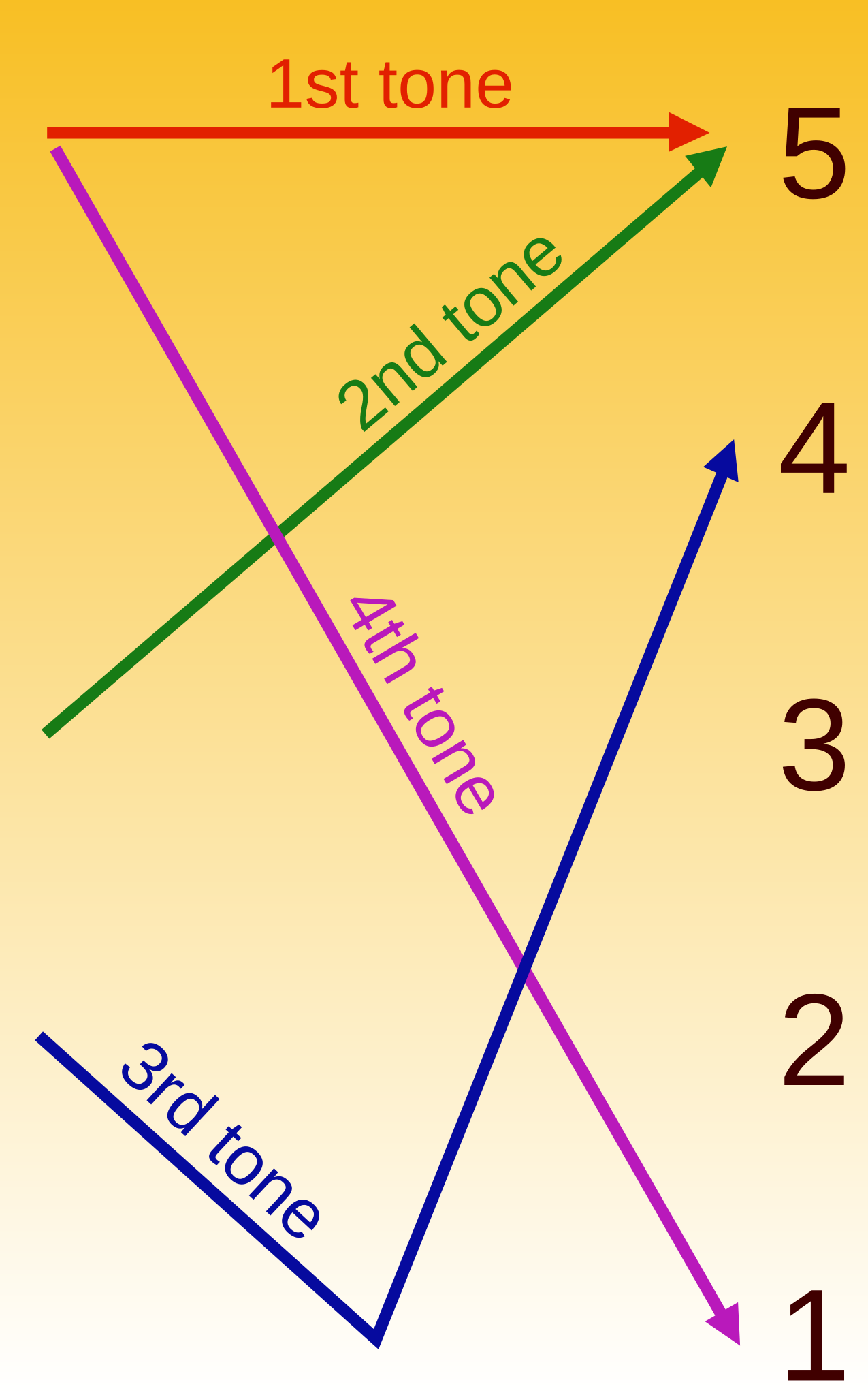shūfǎ (shū·fǎ writing · methods; ways → [calligraphy; penmanship] 书法 書法) ← Tap/click to show/hide the “flashcard”
Many know “shū (write | writing [→ [book | letter | document | style of calligraphy; script]] 书 書)” as the Mandarin word for “book”, but it actually has an old meaning of “write”. From “write” is derived “writing”, and from that, it’s easy to see how “shū (write | writing [→ [book | letter | document | style of calligraphy; script]] 书 書)” has come to have its modern meanings of “book”, “letter”, and “document”. For example, “shūxiě (shū·xiě write | writing 书写 書寫)” means “write” or “writing”, “Yǐsàiyàshū (Yǐsàiyà·shū Isaiah · {Writing → [Book]} 以赛亚书 以賽亞書)” is the Book of Isaiah, and a “qíngshū (qíng·shū {feelings; affection; emotion → [love]} · {writing → [letter]} 情书 情書)” is a love letter. Yet another effective meaning of “shū (write | writing [→ [book | letter | document | style of calligraphy; script]] 书 書)”, that can be derived from its meaning of “writing”, is “style of calligraphy”, or “script”.
The “fǎ (law | method; way; mode | standard; model | {magic arts} | {follow; model after} 法)” in “fāngfǎ (fāng·fǎ direction · method 方法)” can mean “methods; ways”, and when it’s combined with “shū (write | writing [→ [book | letter | document | style of calligraphy; script]] 书 書)”, we get this week’s MEotW, “shūfǎ (shū·fǎ writing · methods; ways → [calligraphy; penmanship] 书法 書法)”. This expression literally means “writing methods/ways”, and it is used to effectively mean “calligraphy”.
Eastern and Western Calligraphy
Calligraphy that involves the artistic writing of Chinese characters, as practised in Asian cultures, is well-known and highly esteemed. However, does calligraphy only exist in Asian cultures? Are beauty, artistry, and craftsmanship the exclusive province of Chinese characters? Is Pīnyīn (Pīn·yīn {Piecing Together of} · Sounds → [Pinyin] 拼音) only able to be cold, efficient, and artless, since it lacks the arguably self-indulgently complex visual designs of Chinese characters? No, no, and no! The fact is that there is a long history—and yes, tradition—of calligraphy involving the Latin alphabet, the alphabet that was deliberately chosen for Pīnyīn (Pīn·yīn {Piecing Together of} · Sounds → [Pinyin] 拼音) by the Chinese team that developed it.
This reminds us that while the Latin alphabet used by Pīnyīn (Pīn·yīn {Piecing Together of} · Sounds → [Pinyin] 拼音) may have originated outside of China, its adoption for use in Pīnyīn (Pīn·yīn {Piecing Together of} · Sounds → [Pinyin] 拼音) for writing Mandarin Chinese makes it part of Chinese culture. As the article “Pīnyīn (Pīn·yīn {Piecing Together of} · Sounds → [Pinyin] 拼音) Is a Good, Workable Writing System on Its Own” puts it:
While Pīnyīn uses the Latin alphabet, it does so because the Chinese developers of Pīnyīn of their own free will purposely chose to base it on this international alphabet (it’s not just the English alphabet) so that users of Pīnyīn would benefit from its familiarity. This Chinese design decision has caused the international Latin alphabet to be adopted as part of Chinese culture. As Zhōu Ēnlái (the first Premier of the People’s Republic of China) said, ‘When we adopt the Latin alphabet, in which we make necessary adjustments to suit the needs of the Chinese language, it becomes the phonetic alphabet of our language and is no longer the alphabet of ancient Latin, still less the alphabet of any foreign country.’
So, since Pīnyīn (Pīn·yīn {Piecing Together of} · Sounds → [Pinyin] 拼音) has both Eastern and Western aspects, Pīnyīn (Pīn·yīn {Piecing Together of} · Sounds → [Pinyin] 拼音) calligraphy would be both Eastern and Western calligraphy.
Calligraphy and Computer Fonts
In the modern world of computing, handwritten calligraphy has been augmented by computer fonts, which enable the billions of users of desktop and laptop computers and mobile devices to enjoy and benefit from the work of artists and designers who work with text and typography.
Incidentally, some of you may have noticed that there are way fewer fonts available for Chinese characters, compared to the overflowing cornucopia of fonts available for the Latin alphabet. This is undoubtedly yet another negative consequence of the simple fact that there are literally thousands of characters in common use that would have to be supported by any font for Chinese characters that’s intended to be usable in daily life, never mind the tens of thousands of Chinese characters that exist in total.
An interesting thing that some may not know is that calligraphy influenced the development of modern computer font design and technology. Steve Jobs, one of the founders of Apple, maker of the iPhone, the iPad, the Macintosh personal computer, etc., said the following in the Stanford Commencement address that he gave in 2005:
Much of what I stumbled into by following my curiosity and intuition turned out to be priceless later on. Let me give you one example:
Reed College at that time offered perhaps the best calligraphy instruction in the country. Throughout the campus every poster, every label on every drawer, was beautifully hand calligraphed. Because I had dropped out and didn’t have to take the normal classes, I decided to take a calligraphy class to learn how to do this. I learned about serif and sans serif typefaces, about varying the amount of space between different letter combinations, about what makes great typography great. It was beautiful, historical, artistically subtle in a way that science can’t capture, and I found it fascinating.
None of this had even a hope of any practical application in my life. But 10 years later, when we were designing the first Macintosh computer, it all came back to me. And we designed it all into the Mac. It was the first computer with beautiful typography. If I had never dropped in on that single course in college, the Mac would have never had multiple typefaces or proportionally spaced fonts. And since Windows just copied the Mac, it’s likely that no personal computer would have them. If I had never dropped out, I would have never dropped in on this calligraphy class, and personal computers might not have the wonderful typography that they do. Of course it was impossible to connect the dots looking forward when I was in college. But it was very, very clear looking backward 10 years later.
Time-Lapse Videos of Calligraphed MEotWs
Another way in which modern computing has augmented handwritten calligraphy is by supplying new tools for this ancient craft. A while ago, I acquired the app Procreate for my iPad, and more recently, I also bought an Apple Pencil on sale. As time allows, I hope to be able to put my old hobby of calligraphy to use, and use Procreate to create time-lapse videos, like the one near the beginning of this post, of certain MEotWs being hand-calligraphed. Hopefully these amateur efforts of mine will add a little artistry and craftsmanship for readers of this blog to enjoy.
The Truly Precious Things of All the Nations
The calligraphy produced of Chinese characters is a major aspect of what some fear would be lost if the hypothetical total replacement of characters with something as “mundane” as an alphabet were ever to take place. However, first of all, with how proud and stubborn worldly Chinese people are when it comes to their precious characters, there is little likelihood of that actually happening in the little time that this old system has left. (There’s probably just about as much likelihood that all the Catholics or all the Buddhists will come into the truth before the end comes!) As the MEotW post on “Yànwén (Yàn·wén {Proverb (Korean: Vernacular)} · Writing → [Hangul/Hankul (modern Korean writing system)] 谚文 諺文)” (the modern Korean writing system) said:
If Hangul took hundreds of years to become the dominant writing system in Korea, even with the added nationalistic motivation of it having been invented in Korea to be used instead of the characters invented in China, then Pīnyīn (Pīn·yīn {Piecing Together of} · Sounds → [Pinyin] 拼音) could take even longer to become the dominant writing system for Mandarin, if it ever does, and if this old system were hypothetically allowed to last that long—the supporters of invented-in-China Chinese characters are even more proudly and stubbornly resistant to the idea of changing away from Chinese characters in China itself.
At this rate, the current government of China, as long as it lasts, will probably never explicitly officially approve of using Pīnyīn (Pīn·yīn {Piecing Together of} · Sounds → [Pinyin] 拼音) as a full writing system for Mandarin in China, even if it’s just as an alternative to the characters instead of as a total replacement for them. Even if it actually wanted to do so, even this government would hesitate to approve of something like this that would probably be opposed by many of the people of China. (As a historic comparison, in 1977, the PRC promulgated a second round of simplified Chinese characters, but this was rescinded in 1986 following widespread opposition.)
The existence of much calligraphy based on the Latin alphabet that is used by Pīnyīn (Pīn·yīn {Piecing Together of} · Sounds → [Pinyin] 拼音) and many other writing systems reminds us that art and beauty do exist apart from Chinese characters. As for the precious things of China and Chinese culture, while humans may point to Chinese characters and the calligraphy based on them, what is truly precious about China in Jehovah God’s eyes? This quote from the September 2021 issue of The Watchtower reveals the answer as it discusses Haggai 2:7–9:
He tells us that as a result of the shaking, “the precious things [honesthearted people] of all the nations will come” to worship Jehovah.
Yes, to Jehovah God, the truly precious things of China are the honesthearted people in it, not the cultural products of any part of this old world that is passing away.—1 John 2:15–17.
While culture can definitely influence the people that are exposed to it, ultimately, people don’t come from culture. Rather, culture comes from people. So, let us focus on helping to save honesthearted Chinese people, not on trying to save the old world’s Chinese culture. Then, we will be able to enjoy the beautiful cultural products that these people will produce for eternity, as they live forever in paradise in God’s new system. Those cultural products will greatly surpass anything ever produced by this old world’s Chinese culture in its relatively brief (compared to eternity) and troubled existence, as the Chinese people who are able to live in the new system join the rest of God’s universal family in being “taught by Jehovah”. (Isaiah 54:13) As Haggai 2:9 says, “the future glory…will be greater than the former”.

